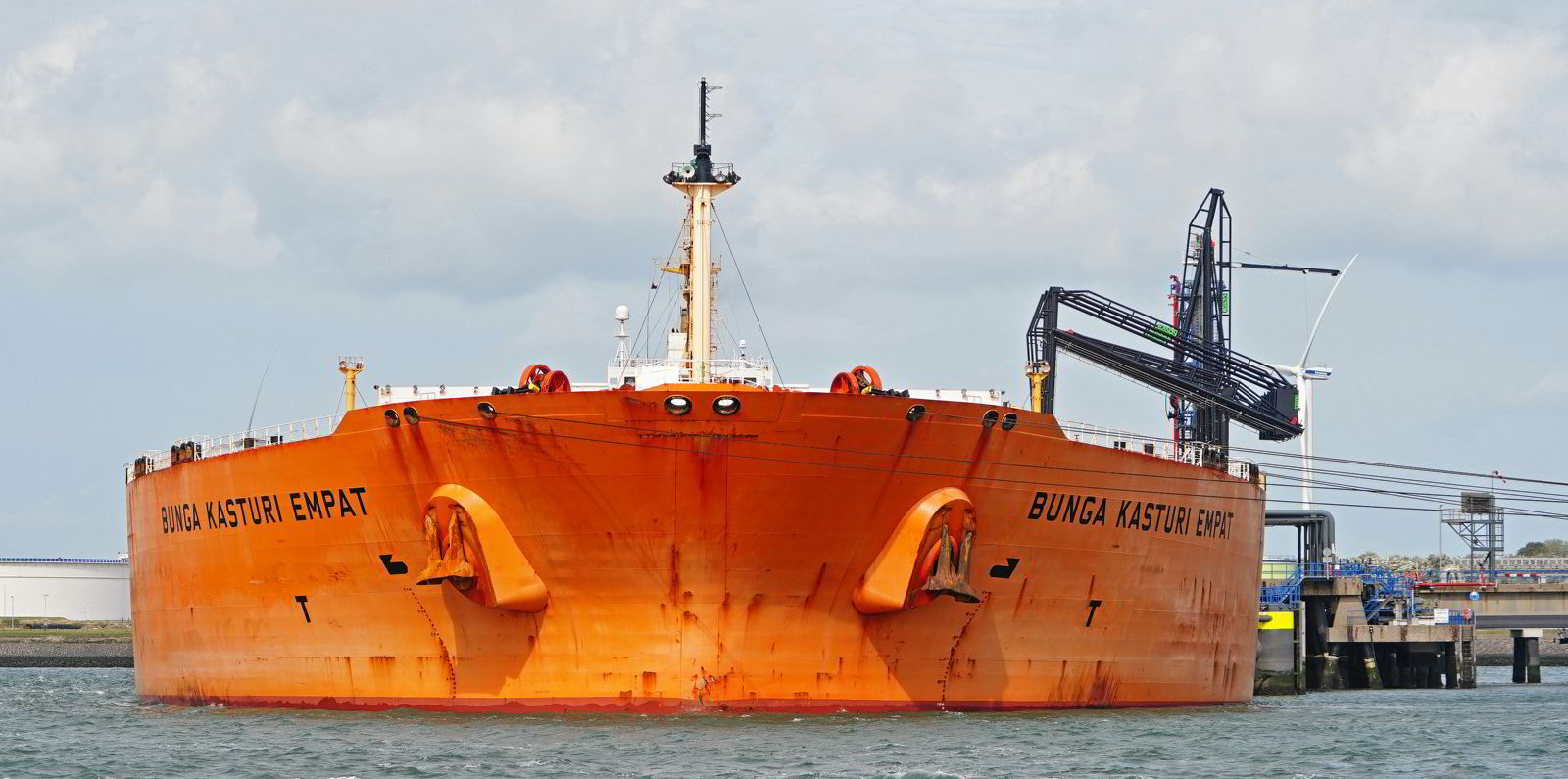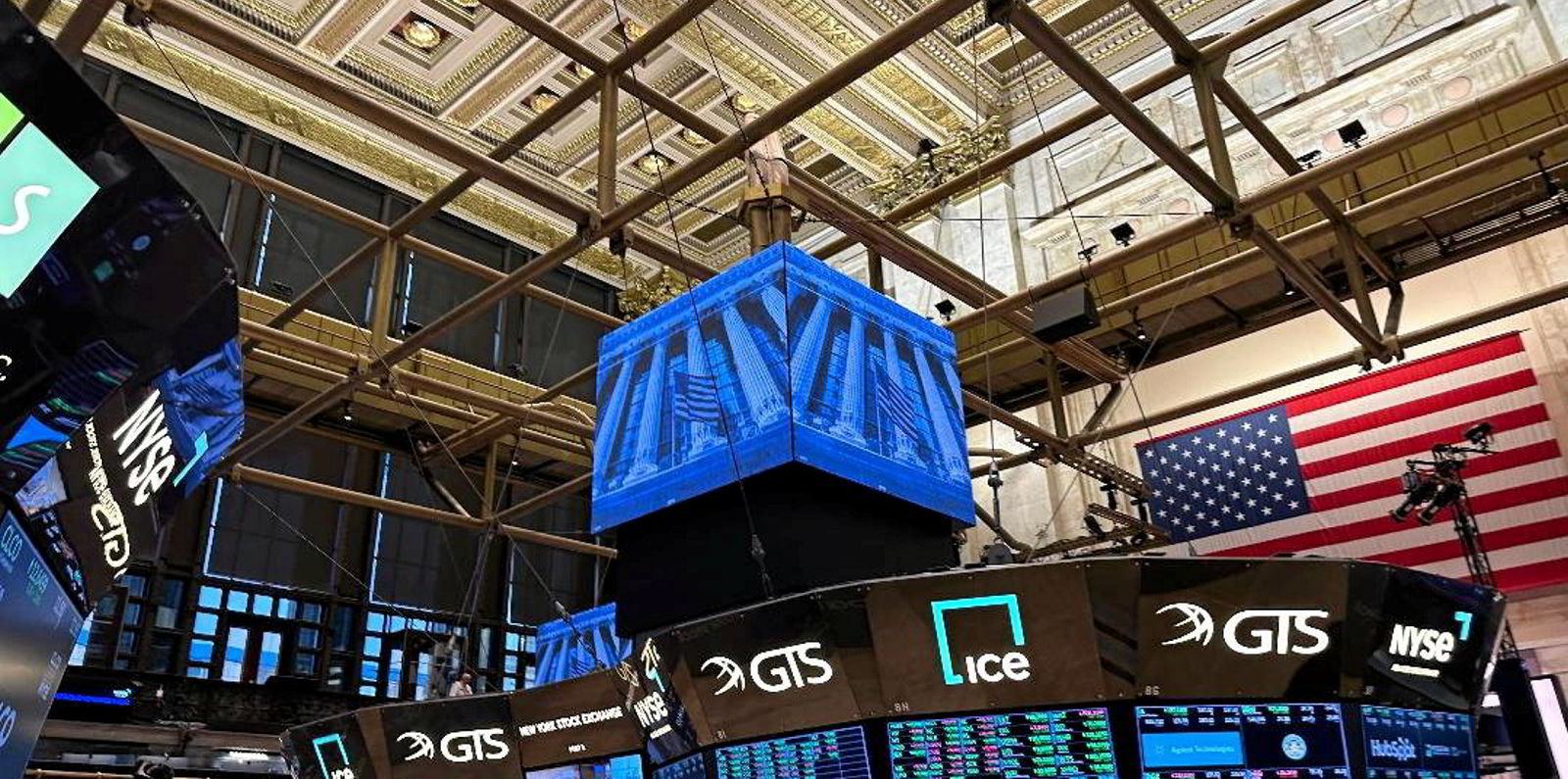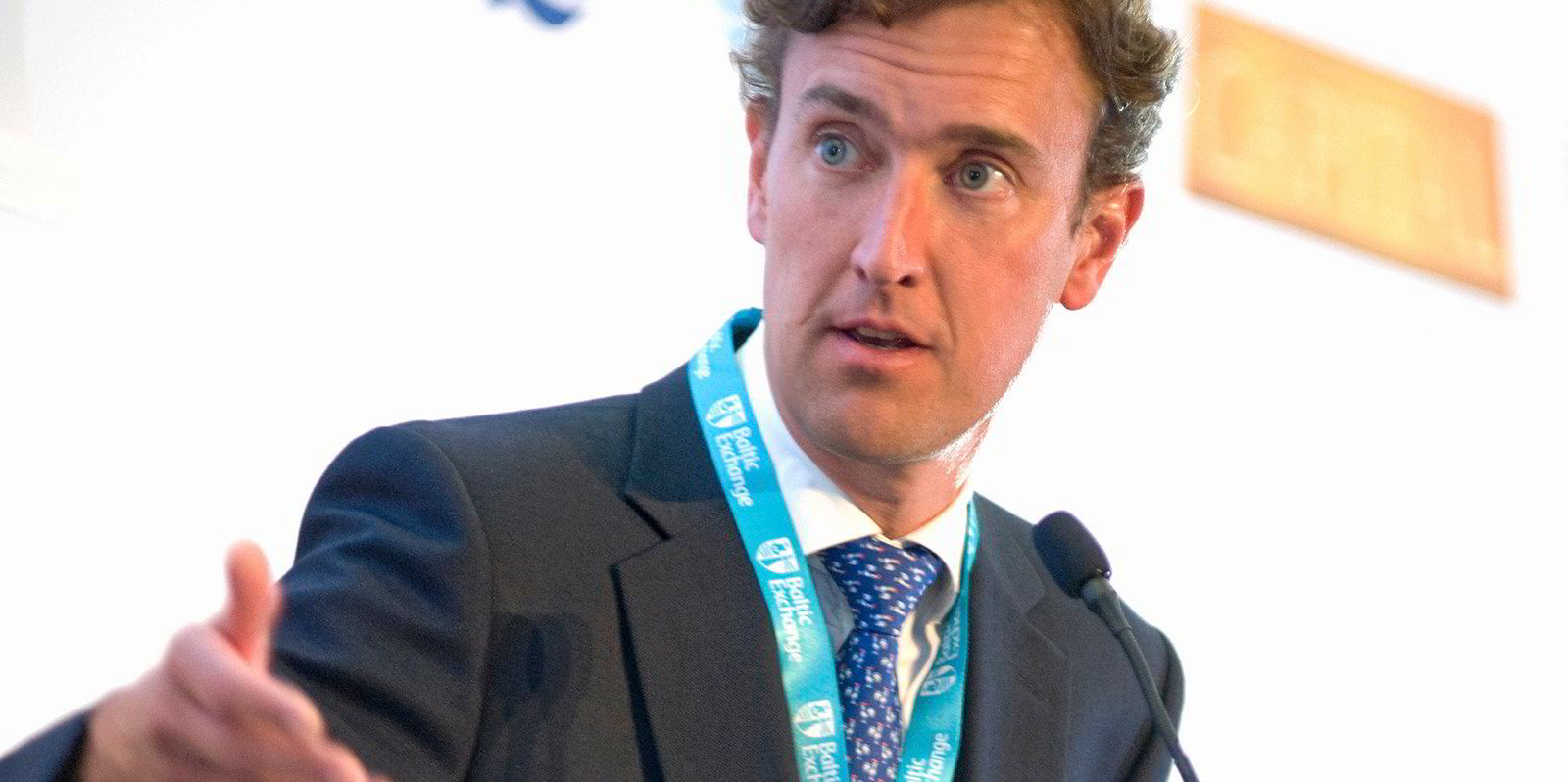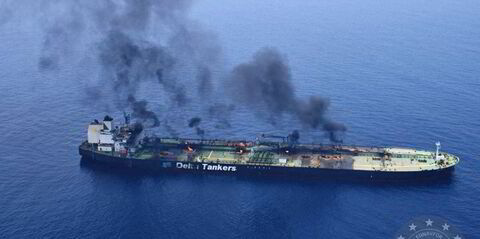VLCC spot rates are spiralling down to levels that are near the lows of the summer lull, threatening to give back all their gains of September as refineries appeared to be waking up from their seasonal maintenance.
The Baltic Exchange’s assessment of time charter equivalent rates for the large crude tankers slumped deeper into negative territory on Thursday after returning to the red a day earlier.
The TCE rate, an average of spot earnings on two key routes from the Middle East, now stands at -$3,808 per day, the lowest level since 19 September.
Last month, rates had dipped as low as -$5,934 per day before bouncing quickly back to a peak of $8,457 per day on 26 September.
September and early October often see a slump in the VLCC sector as planned refinery shutdowns dampen demand for crude cargoes.
The signs of life seen last month seem to have faded, and Opec and its Russia-led allies have offered no supply-side help to the market.
Opec+, as the group is known, agreed on Wednesday to hold the line on oil production cuts.
As Clarksons Securities analyst Frode Morkedal briefed clients on Thursday on the VLCC market, he pointed to Saudi Arabia’s commitment to extend its cut of 1m barrels per day until December, and Russia is doing the same with its cuts of 300,000 bpd.
“The Middle East market continues to be sluggish, and according to brokerage reports, newly available vessels are adopting a realistic approach to secure cargo,” he wrote.
“Opec+ kept its production policy unchanged in a recent meeting, with Saudi Arabia committing to extend its 1m barrel per day voluntary cut through December. Concurrently, Russia confirmed it will sustain its 300,000 bpd voluntary reduction for the same timeframe.”
Though the Baltic Exchange assessment of earnings is in loss-making territory, rates for modern eco vessels are slumping but still positive on a TCE basis, though not necessarily profitable.
Clarksons Securities, the investment banking arm of broking giant Clarksons, put eco VLCC earnings at $30,200 per day, a 24.7% decline compared to a week earlier. Eco vessels with scrubbers are assessed at $35,900 per day on average, a decline of 21% compared to this time last week.
On Wednesday, shipbroker Fearnleys said on Wednesday that building tonnage in the East had pushed Middle East-to-Asia runs from a Worldscale level of WS 50 to the low Ws40s.
“The outlook for the back end of this week in the Middle East Gulf is not looking great. It’s now down to the owning community to draw a line in the sand, but this will come at a cost,” the group said.
The negative outlook proved true on Thursday, but charterers have found no shortage of VLCC owners willing to employ their ships at the lower rates — even at levels below break-even.
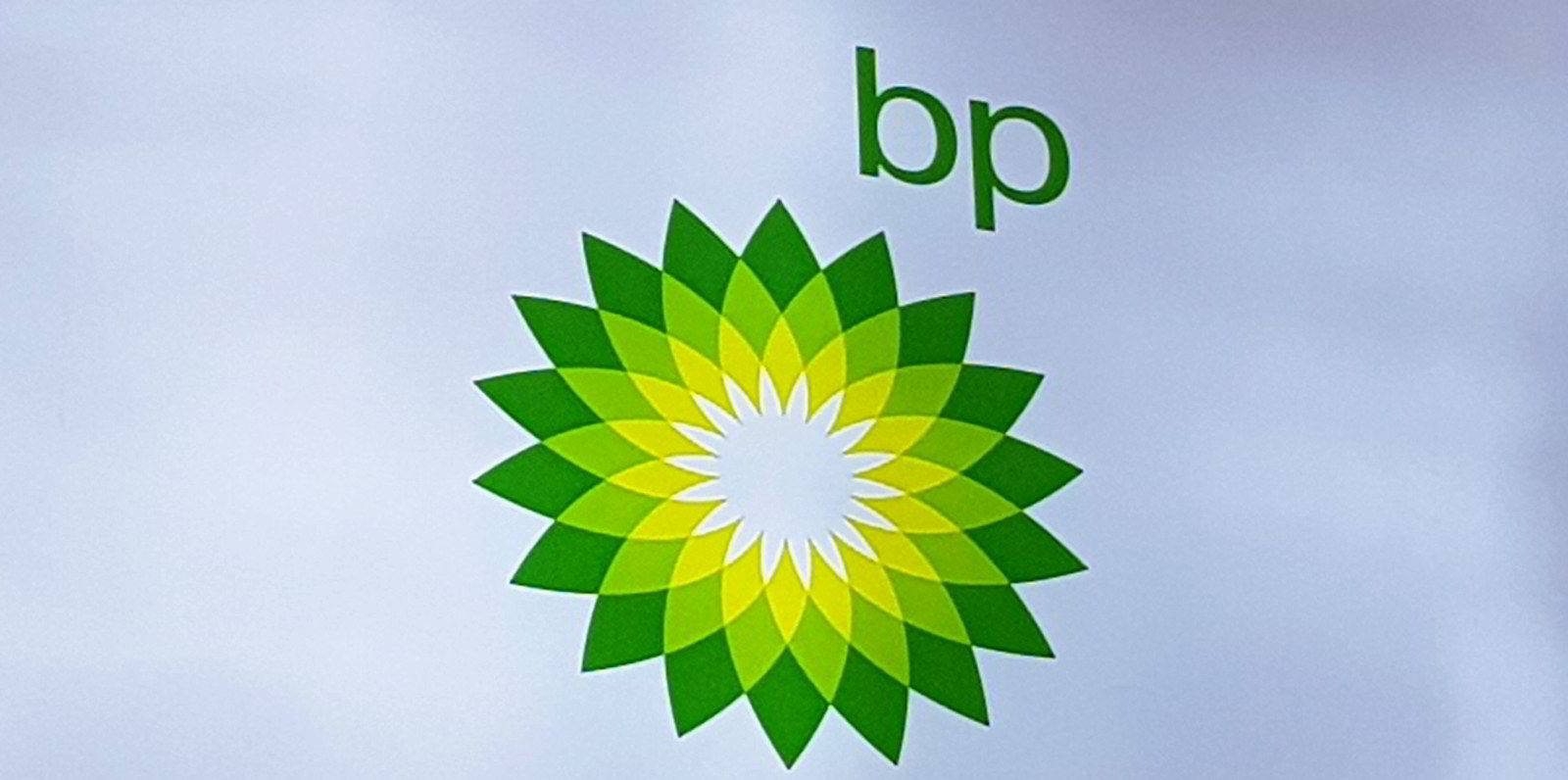
Bangkok oil company PTT snagged two VLCCs on Thursday for Middle East to Thailand, according to data from pool operator Tankers International. In one of those deals, the charterer booked the BP-operated, 314,000-dwt KHK Empress (built 2019) for the equivalent of $18,700 per day, which is well below the estimated $35,700 per day break-even level.
On a round-voyage basis, a measure that allows a comparison with previous fixtures, the deal is worth $21,200 per day.
That is well below the $23,300 per day rate on the last-done fixture, booked on 19 September, for a modern scrubber-fitted VLCC on the Middle East-to-Thailand route.
The plummeting VLCC rates came as suezmax tankers headed in the opposite direction, with the Baltic Exchange assessing average TCE rates at more than $14,000 per day on Thursday, up from just $9,478 a week earlier.
Shipbroker Howe Robinson suggested that may represent an opportunity for VLCCs to muscle into the market for suezmax-size cargoes.
“With rates having pushed up in the Atlantic over the last couple of days, we now are left with little outstanding and a lull in enquiry as most of the third decade now covered in West Africa,” the group said of the suezmax market on Thursday, referring to 10-day chartering windows known as decades.
“In addition, VLCCs continue to soften today, making suezmaxes cargoes look increasingly appealing. Meanwhile, minimal fresh activity to report in the Med and as a result rates remain flat.”
